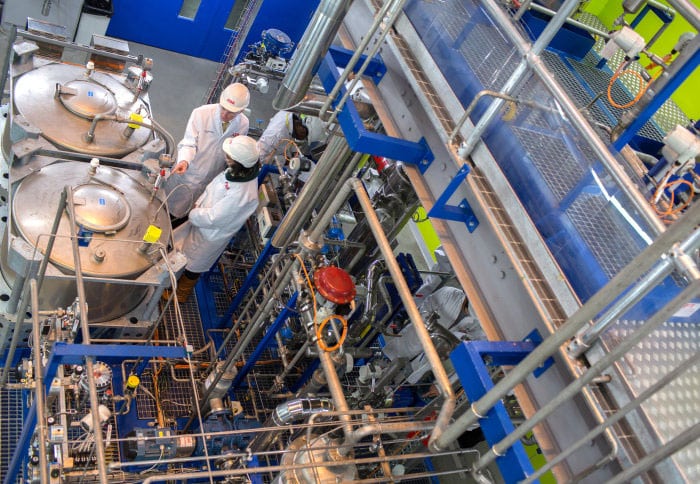Scientists have brought a new mindblowing approach to eliminating pollution by using waste carbon dioxide produced from burning fossil fuels to produce valuable products such as plastics, fuels, and cement.
Scientists observed the potential uses for CO2 captured from the burning of fossil fuels or drawn from the atmosphere, or even caught biologically by photosynthesis.
They reviewed ten pathways, including chemicals, fuels, microalgae, plastics, building materials, soil management, and forestry, for the utilization of carbon dioxide.
These pathways could store waste CO2 by locking it away in products or replace the use of fossil fuels to power processes, prompting fewer outflows in any case.
On average, each utilization pathway could store or remove around 0.5 gigatonnes of CO2 per year and that a top-end scenario could see well over ten gigatonnes of CO2 used per year at general costs of under $100 per tonne of CO2.
However, there is a requirement of significant investment in both research and industry for the pathways to reach a sufficient scale in time to help fix the climate.

Professor Cameron Hepburn, Director of the Oxford Smith School of Enterprise and Environment, said: “Greenhouse gas removal is essential to achieve net-zero carbon emissions and stabilize the climate. We haven’t reduced our emissions fast enough, so now we also need to start pulling CO2 out of the atmosphere.”
“Governments and corporations are moving on this, but not quickly enough. CO2 utilization promises that it could act as an incentive for CO2 removal and could reduce emissions by displacing fossil fuels.”
Dr. Niall Mac Dowell, Reader in Energy Systems at Imperial College London, said: “If CO2 utilization is to contribute meaningfully to climate change mitigation, the first and foremost priority is to decarbonize the energy system within which these industries will be located. To avoid adding to carbon to the atmosphere, these pathways should use atmospheric CO2 as their raw material.”
Some CO2 usage innovations are probably going to be adopted early merely because of their attractive models: in specific sorts of plastic generation, using waste CO2 as a raw material is a more beneficial and ecologically cleaner production process contrasted and using conventional hydrocarbons. It can dislodge up to threefold the amount of CO2 as it uses.
Hepburn said, “Each faces their unique challenges, and not all methods will be effective. That means that we need sensible and joined-up approaches to investment in carbon capture, utilization, and storage.”
“Policymakers need to think like investors and fund a portfolio of options. That also means taking a hard look not only at regulatory barriers and incentives but also into R&D investment for enabling technologies like green hydrogen.”
The study is published in the journal Nature.
